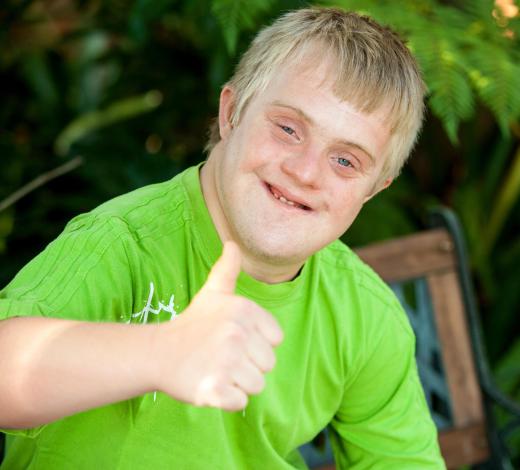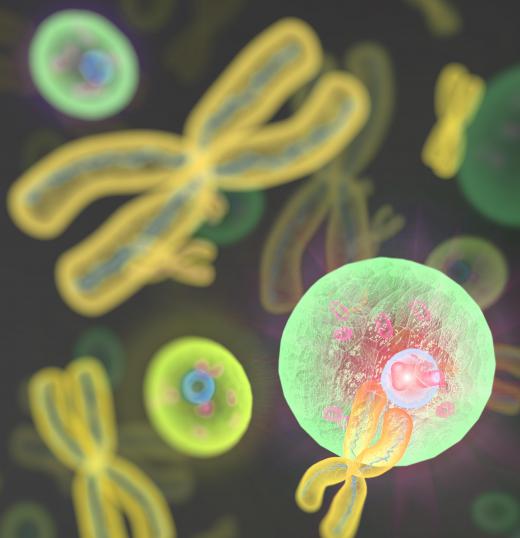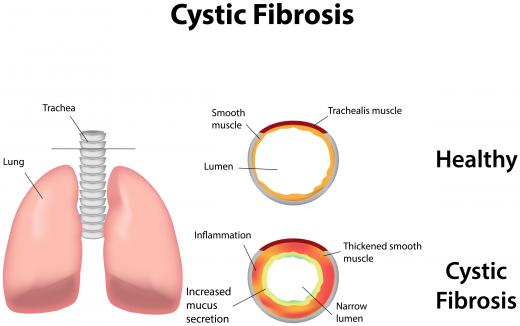What is an Autosome?
Within the nucleus of the cell, DNA is arranged into discrete structures called chromosomes. Cells within sexually reproducing organisms have two copies of each chromosome, called homologous chromosomes. One copy comes from the male parent and one comes from the female. Two chromosomes, or one pair, determine the sex of the organism, so they are called the sex chromosomes. The rest of the chromosomes are referred to as autosomes.
For example, humans have 46 chromosomes, or 23 homologous pairs of chromosomes. A karyotype is an image created of all the chromosomes within a nucleus. In a karyotype of a human cell, pairs one to 22 are autosome pairs, while pair 23 consists of the sex chromosomes. The paired autosomes are arranged from one to 22 in descending size. In a normal cell, an autosome pair of chromosomes is usually identical in shape and size and has the same genes at the same location.

Each chromosome has a specific set of genes that code for different features, whether a sex chromosome or an autosome. The genes are similar, but they do not have to be identical, as one comes from each parent. Each autosome can contain a different type of gene or allele. Depending on the gene, there can be several different alleles for it. Different alleles can interact in different ways, causing the characteristic to be expressed differently.

Some alleles are always expressed over others, so they are said to be dominant alleles. Other alleles are only expressed if there are two copies of that allele. This type of allele is said to be recessive. Finally, some alleles can interact with each other and be partially expressed depending on what the corresponding allele is. Some characteristics that are due to genes found on the autosomes are said to be autosomal dominant or autosomal recessive based on the alleles and how the characteristic is expressed.

About half of the genetic diseases in humans are caused by an autosome. The disease could be caused by an abnormality on an autosome, as is the case with Down’s syndrome. This disease is caused by an autosomal trisomy of chromosome 21. An autosomal trisomy results when a cell has three copies of a particular chromosome instead of two. Many of these types of abnormalities result in either the death of the fetus or a non live birth.

Other diseases are caused by the allele present at a particular gene locus. Autosomal dominant diseases are caused by a dominant gene on the autosome, which means that if a parent is affected, there is a 50% chance that children will also be affected. An example of an autosomal dominant disease is Huntington’s disease.
With an autosomal recessive disease, the disease will only be present if both copies of the gene are recessive. Many people can have one copy of the recessive gene, so they will not have the disease but they will be a carrier for it. Offspring have a 25% of being passed the disease from an infected parent and a 50% of being a carrier. Cystic fibrosis is a common example of an autosomal recessive disease.
AS FEATURED ON:
AS FEATURED ON:

















Discussion Comments
So If I am correct, if these are not divided evenly or if something goes wrong with chromosomes, it is a possibly why someone could feel more feminine as man or more masculine as a woman. This could be an imbalance that could possibly make someone feel like they should have been born as the opposite sex.
Post your comments